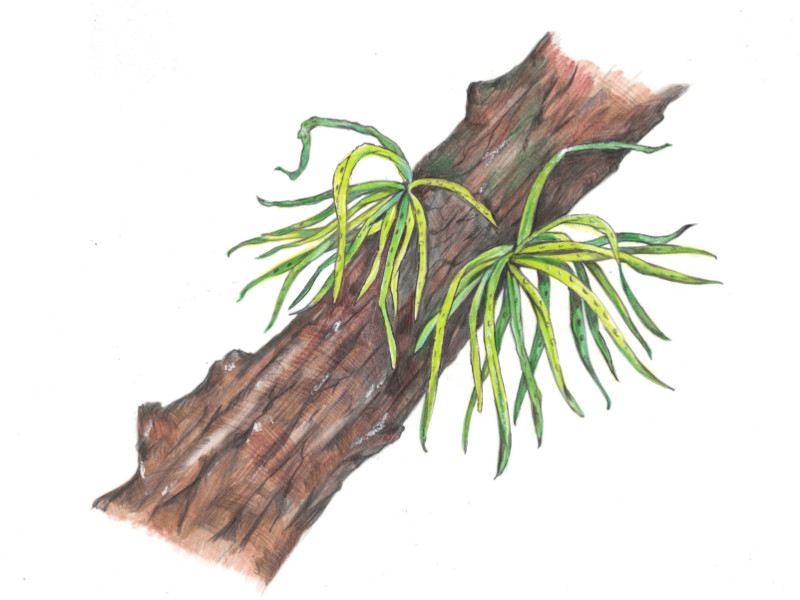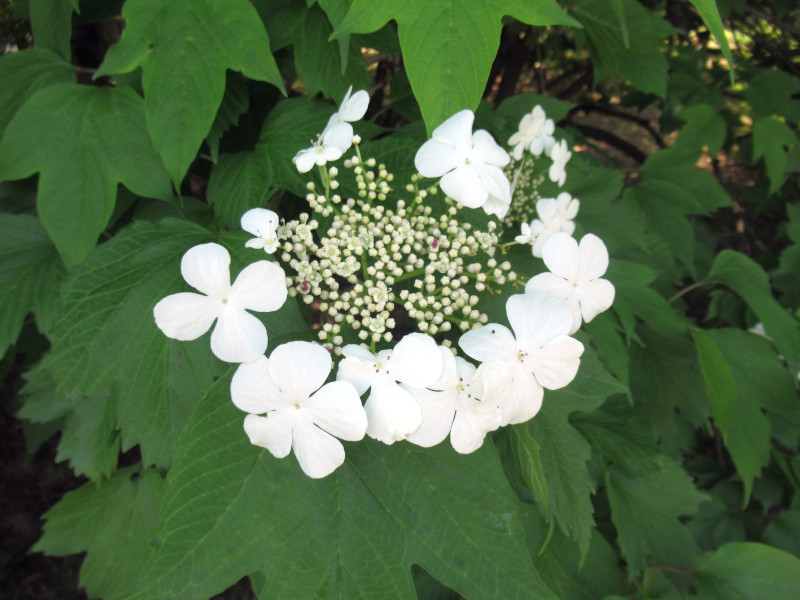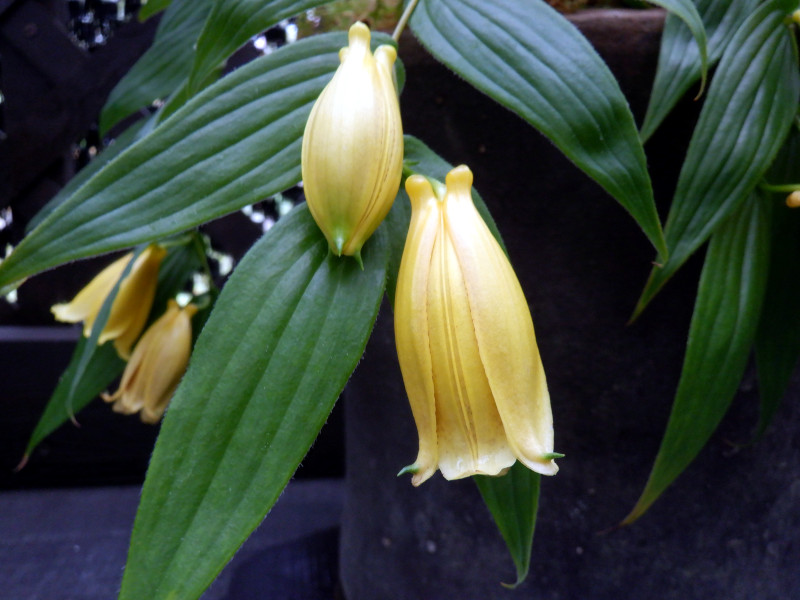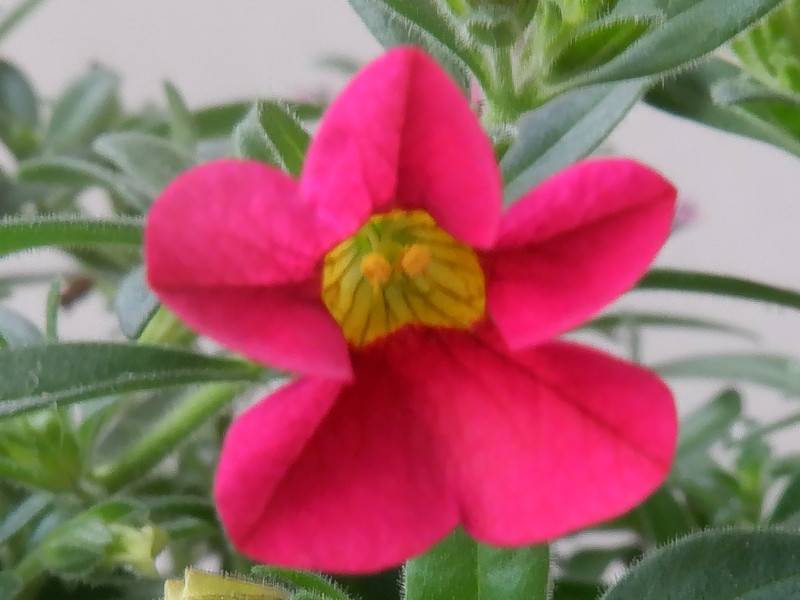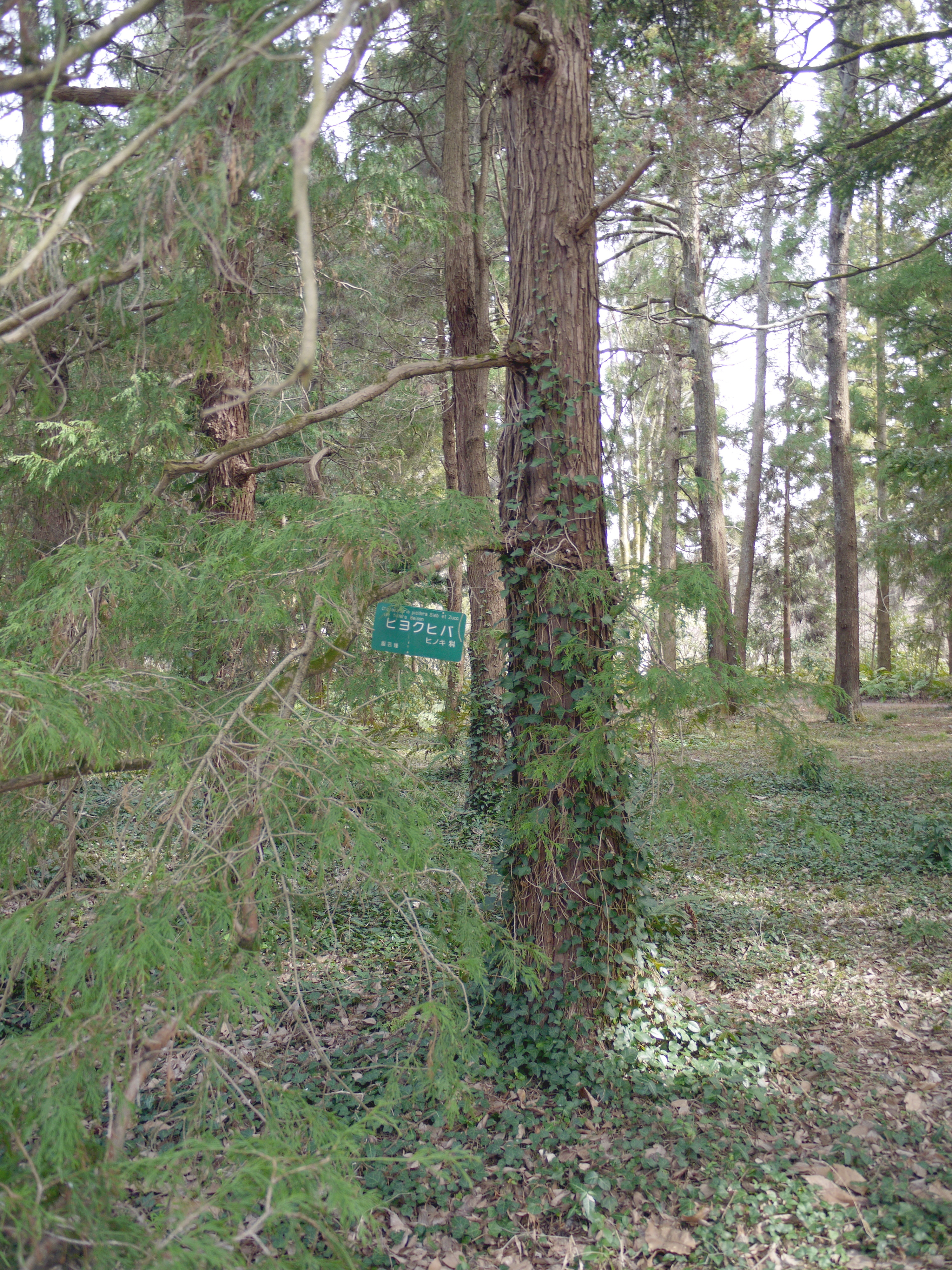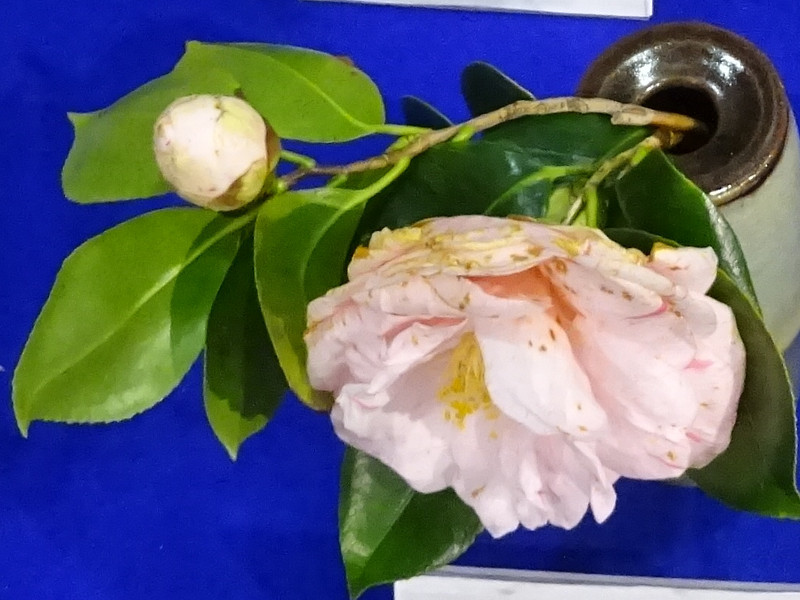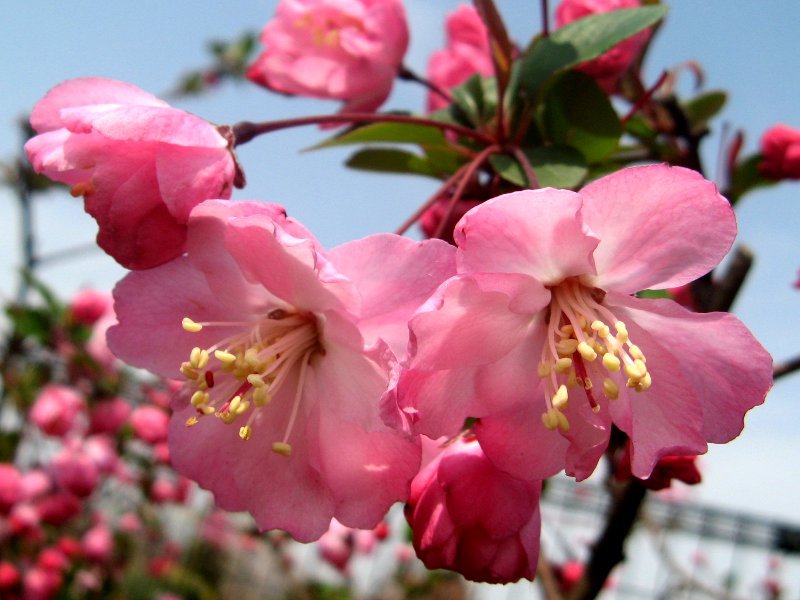Lepisorus thunbergianus
- Flower nameLepisorus thunbergianus
- Scientific nameLepisorus thunbergianus
- Alias軒忍, ヤツメラン
- Place of origin Japan, the Korean Peninsula, China, Taiwan, Indochina, and the Philippines
- Place of floweringOrnamental plants
- Flowering seasonJanuary, February, March, April, December
What is Lepisorus thunbergianus
Lepisorus thunbergianus, mokishinobu (scientific name: Lepisorus thunbergianus) is an evergreen epiphytic fern native to Japan, the Korean Peninsula, China, Taiwan, Indochina, and the Philippines, and belonging to the genus Lepisorus of the family Polypodiaceae.
It grows wild in Hokkaido, Kyushu, and the Ryukyu Islands on damp bark in the mountains and fields, cliffs, terraced rice field slopes, stone walls, and ground surfaces. In the past, it also grew under eaves, but nowadays, due to different housing conditions, it does not grow there. It is also used as a generic name for the genus Lepisorus. The grass is 5 to 20 cm tall. The leaves are 12 to 30 cm long, 0.5 to 0.8 cm wide, linear, and green with serrated edges and pointed tips.
Since it is a fern, instead of flowers and seeds, sporangia form on the underside of the leaves, from which spores are released and multiply. The sporangia are round and yellowish brown in color. The Japanese name comes from the fact that it used to grow under the eaves of the roofs of houses and grow on them like a Japanese cypress.
Common name: Lepisorus thunbergianus, scientific name: Lepisorus thunbergianus, also known as nokishinobu, origin: Japan, Korean Peninsula, China, Taiwan, Indochina, Philippines, height: 5 to 20 cm, leaf color Leaf color: green, leaf margin: serrate, leaf shape: linear-lanceolate, leaf texture: thick, narrow at both apex and base, leaf length: 12-30 cm, leaf width: 0.5-0.8 cm, inflorescence: entire, sorus (sporangium group): sporangium shape: round, sporangium diameter: 0.3 cm, sorus color: yellowish brown.
